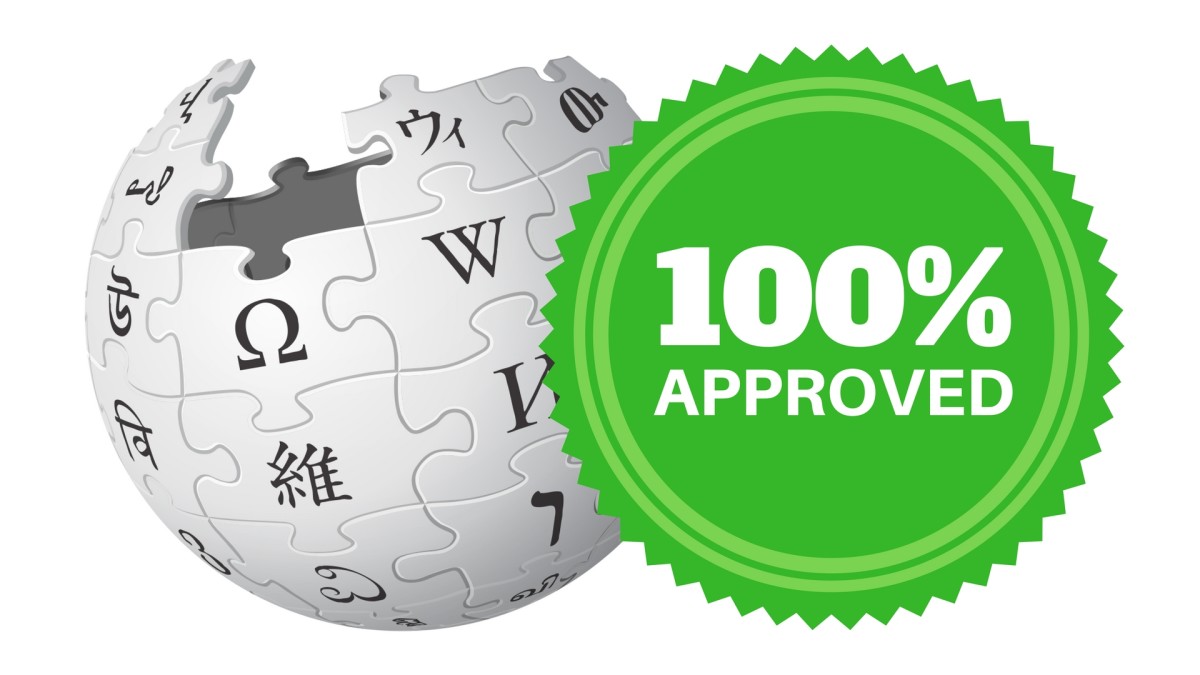How To Get A Wikipedia Page Approved Without Getting Rejected First

So you wanna get a Wikipedia page approved, huh? You’ve probably already Googled it, scratched your head a little, maybe even shed a tear or two after a rejection (been there). But don’t worry! We got you. So, getting a page approved by Wikipedia? This isn’t just about dumping info online. It’s a whole process, with rules and big "don’t mess this up" energy.
But hey! We’re gonna break it all down, 10 steps, chill, easy-peasy. Let’s level up your Wiki game and get that page approved on the first go.
Ready? Let’s wiki-roll.
1. Know the Vibe: Wikipedia Isn’t Instagram, It’s Serious
First things first, Wikipedia isn’t a promo platform. Nope, it’s not the place to hype your cousin’s mixtape or your startup with three customers. It’s an encyclopedia-like, the grown-up kind. So, is your topic not meeting the notability standards? (aka it hasn’t been written about in reliable sources) Then, your page won’t get approved. Hence, make sure there are articles in legit places (think news sites, journals, books — not your blog) that talk about the subject. Without this, your page is toast.
2. Sources > Opinions
Okay, Wikipedia wants facts, not your opinion, not your mom’s testimonial, not a tweet. Real, third-party, reliable sources are everything. That means articles from recognized publications, books, verified news platforms, etc. Not social media posts, press releases, or random websites. So, you wanna get a Wikipedia page approved? Make sure you've got at least 3-5 solid references that are independent and talk about your topic in detail.
3. Neutrality Is the Name of the Game
Don’t say, “He’s the best musician alive.” Wikipedia is not a hype house. Say: “He’s a musician known for X, as reported by [source].” That’s neutral. Wikipedia wants everything written like a robot with no emotions. If you sound even a little biased or salesy, they’re gonna reject your page faster than you can say “citation needed.” Keep it boring (but accurate), and you’re golden.
4. Using the Right Format or Get Left on Read
Wikipedia has its format, and they’re kinda picky about it. Use headings like "Early Life," "Career," "Achievements," and “References.” Link to other Wikipedia pages where it makes sense. Use proper citations. No weird fonts. No emojis. (I know, it hurts.) Following their layout makes you look like you know what you’re doing — and trust me, the approval gods notice.
5. Avoid Writing About Yourself (Yeah, Even If You’re Cool)
Here’s the tea: Are you writing your page? Uh you’re biased. Wikipedia knows that, and they’ll check your IP address to see if you’re trying to sneak one in. If they catch on, they’ll flag it or delete it. Yikes. The smarter move? Get someone else — ideally an experienced Wikipedia writer — to draft it for you. That way, it looks way more credible and you avoid drama.
6. Register an Account (Anonymous Edits Are So Last Season)
Also, anonymous edits on Wikipedia = red flag. So, if you’re serious about getting a Wikipedia page approved, make an account. Better yet, edit a few existing pages to build your rep. Moreover, Wikipedia likes editors with a little experience. If your account looks active and not shady, your submission will be taken way more seriously.
7. Don’t Rush It: Create a Draft First
New to the game? Use Wikipedia’s Article Wizard to create a draft. This is like a chill waiting room where you can get feedback before going public. You can polish your content, fix any errors, and make sure everything is good before clicking "Publish." This step saves you from a lot of heartache, trust
8. Watch Those Red Flags (No, Not the Dating Kind)
Furthermore, certain things are automatic dealbreakers for Wikipedia. So, stuff like
- promotional language
- zero sources
- paid content without disclosure
- straight-up copying from other websites
These all = instant rejection. Always double-check your draft for these red flags before submitting. If your page screams, “I’m trying to sell something,” you’re gonna get ghosted.
9. Ask for Feedback in the Wikipedia Community
Here’s a pro move: ask the Wikipedia community for feedback before submitting your draft. Hit up the Teahouse (yep, that’s a real Wikipedia help space), or post in the draft’s Talk section. Other editors can give tips, help fix mistakes, and even back you up when your page goes live. The Wiki fam is helpful if you ask nicely.
10. Be Patient — Rejection Isn’t the End, It’s Just the Plot Twist
Even if you do everything right, you might still get rejected. It happens. But don’t rage quit — use the feedback, make edits, and try again. Wikipedia admins aren’t haters — they just have high standards. Keep tweaking your draft until it meets all the guidelines. People get rejected once, twice, even three times before they finally get a Wikipedia page approved. So hang in there, champ.
Conclusion: You Got This — Just Don’t Wiki-Wing It
Getting a Wikipedia page approved isn’t magic — it’s a method. Follow the rules, cite your sources, stay chill, and don’t turn it into a self-promo fest. Whether it’s for you, your brand, or something you’re passionate about, keep it factual, neutral, and respectful of the Wiki style. Be patient, take feedback, and return stronger if it doesn’t work the first time.
You’re not just building a page — you’re building trust with the internet’s biggest encyclopedia. Let’s make that Wiki dream happen!
Wanna go even deeper or need help writing it? Just hit me up
